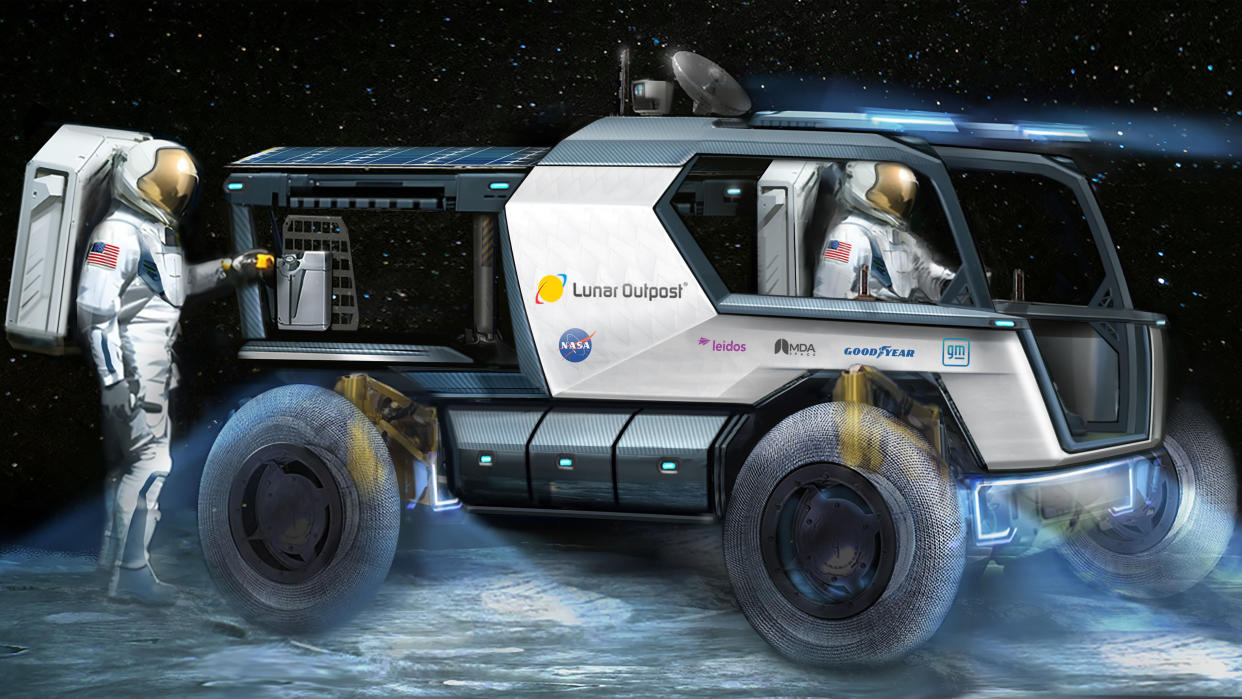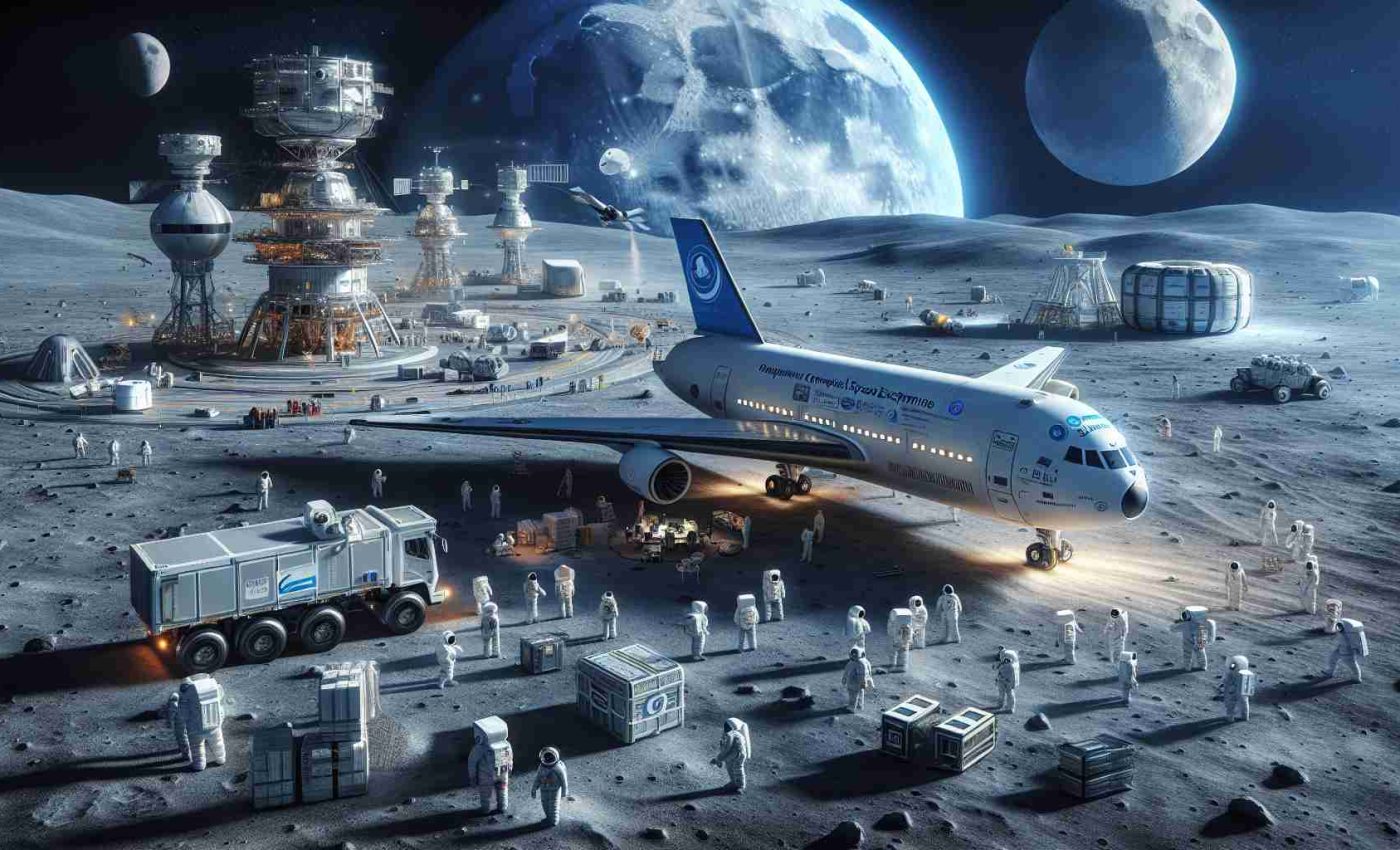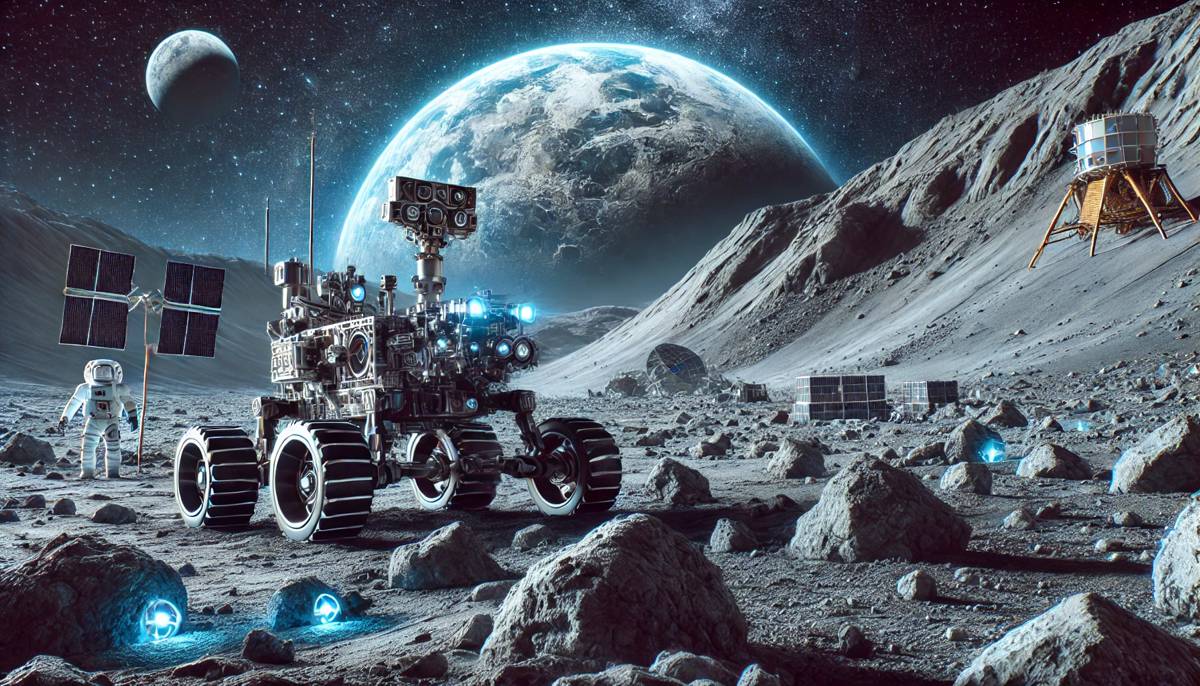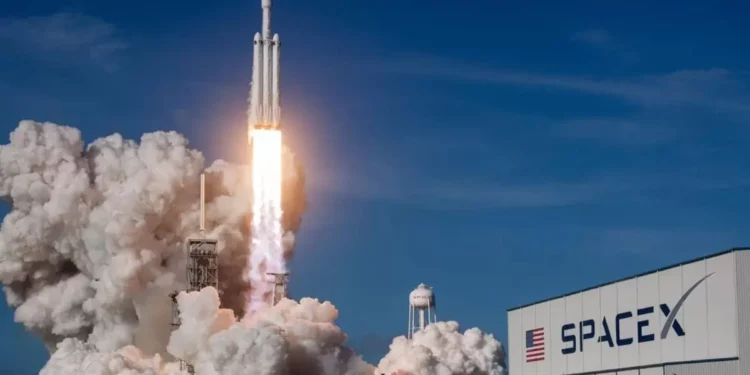In a significant development for lunar exploration, Colorado-based Lunar Outpost has announced its partnership with SpaceX, leveraging the aerospace giant’s Starship to launch and land its latest moon rover, named Eagle, on the lunar surface. This collaboration marks another milestone for SpaceX’s Starship, which recently completed a successful suborbital test flight.

A Strategic Partnership to Foster Sustainable Human Presence in Space
Just days after Starship’s impressive test flight, Lunar Outpost’s decision underscores the vehicle’s emerging role in future moon missions. “Having experienced the recent groundbreaking Starship test flight firsthand, we’re confident that SpaceX is advancing the most capable launch system ever created and will successfully land our Eagle vehicles on the surface of the moon,” stated Justin Cyrus, founder and CEO of Lunar Outpost.
The terms of this groundbreaking contract remain under wraps, but the implications are clear: SpaceX is not just a participant but a pivotal player in the next era of lunar exploration. This mission is not just a technological achievement but a significant step toward realizing Lunar Outpost’s vision of a sustainable human presence in space.

Collaborative Efforts and Future Aspirations
Lunar Outpost is not going it alone. The company is part of the “Lunar Dawn” team, which includes industry giants like Leidos, MDA Space, Goodyear, and General Motors. This consortium is one of three teams selected by NASA in April to develop new versions of the Lunar Terrain Vehicle (LTV) that astronauts will drive on the moon, potentially as early as 2030.
Other teams in the running include those led by Intuitive Machines and Venturi Astrolab, with the latter also choosing SpaceX’s Starship for its LTV rover launch. This synergy among different teams and their collective choice of Starship underscores the rocket’s perceived reliability and capability in supporting lunar missions.

The Road Ahead: NASA’s Moon Rover Competition
The journey for Lunar Outpost and its competitors continues into next spring as they refine their rover concepts. Only one team will initially win the new NASA contract to launch its rover on a test mission before the scheduled Artemis 5 flight in 2030. This competitive aspect highlights the critical role of innovation and collaboration in the evolving landscape of lunar exploration.
As NASA plans to extend its lunar exploration capabilities through 2039, the need for unpressurized rovers that can operate autonomously becomes paramount. These future moon rovers will play a crucial role in supporting astronauts and scientific missions, emphasizing the ongoing partnership between NASA and private sector pioneers like SpaceX.










